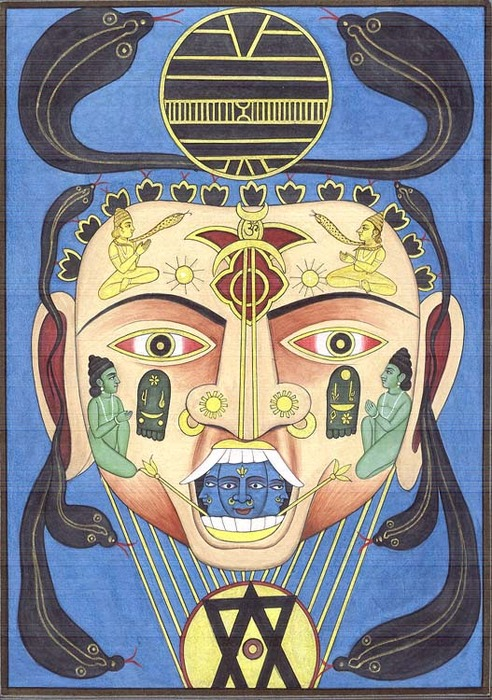The Mandala Brahmana Upanishad (the Sacred Interplay of Ritual and Spiritual Wisdom)

The Mandala Brahmana Upanishad (the Sacred Interplay of Ritual and Spiritual Wisdom) Devotion to one's guru, love of true path, enjoyment of objects producing happiness, internal satisfaction, freedom from association, living in a retired place, the controlling of the manas, not longing after fruits of action, and a state of vairagya, all these constitute Niyamas. The Mandala Brahmana Upanishad, one of the 20 Yoga Upanishads attached to the Shukla Yajurveda, represents a confluence of Vedic ritualism and philosophical inquiry, serving as a bridge between the ritualistic Brahmanas and the mystical Upanishads. Its teachings shed light on the transition from external rituals to internal contemplation and self-realization. This Upanishad seamlessly weaves together the profound insights of spiritual wisdom and the intricate rituals of the Brahmanas. It emerges from the rich tapestry of the Vedic period, which spanned from around 1500 BC to 500 BC. The text describes Yoga as...













